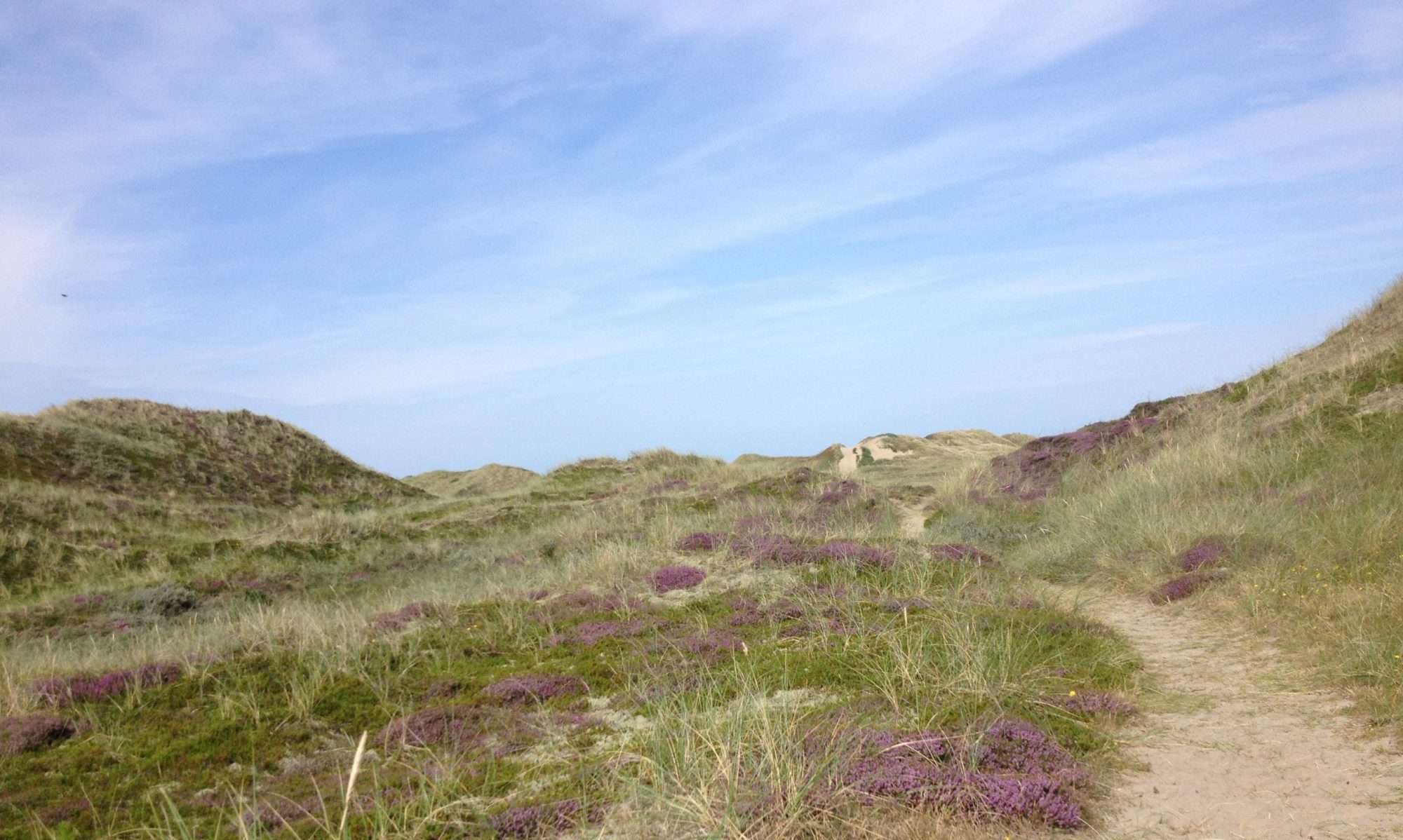By Lukas Kosner
After attending the second workshop in Umeå in January, I also had the pleasure of coming to the third and final workshop in the series on linguistics and sustainability, this time focusing on theories and methods. What do we do our research on, how, and for whom? How can our research be sustainable, and how can the field of linguistics contribute to sustainability in the broadest understanding of the word?
To be honest, I struggle a bit with sustainability as a term in linguistics. As many of the presenters pointed out, the concept is not clearly defined yet in our field and the usage of the term depends highly on how one situates it. Furthermore, the Western legacy of the term and its connection to harmful discourses and practices might in many cases make it somewhat difficult to use. It is a contested site of definition. However, if abandonment of the term is not an option as Gavin points out, how should we reclaim it?
Sami showed a prime example of how not to conduct sustainable fieldwork using the metaphor of Indiana Jones. This metaphor based on the first of Indiana Jones movies also illustrates that we need to address sustainability in research on different levels – individually, in relationship to our colleagues, local research participants/co-researchers, and in the larger context of academia.
The presentations given in Helsinki made me think a little bit more about the South Sámi concept of guelmiedahke that Liisa-Rávná Finbog talked about at the previous workshop in Umeå in January. I believe that guelmiedahke, which literally translates as a mirror image, is a useful metaphor that encompasses some of the core issues of sustainability in linguistics. To begin with, on the individual level, we can reflect the image of ourselves in terms of positionality and reflexivity. As Shawn Wilson writes, “an object or thing is not as important as one’s relationships to it”. Looking into this mirror we can ask ourselves: Where am I and what am I in relationship to the issues I’m studying? Why am I interested in the issue? However, a mirror image is not only a static passport photo taken at the beginning of the research process. One of the main properties of a mirror image is its dynamic and ever-changing nature. How often do we check our own image and how do we respond to its potential changes during the research process? Further, in a little more literal sense, a mirror image can also tell us how we take care of ourselves – socially, economically, and with respect to our health. To paraphrase Sami, the high amount of suffering is not a prerequisite of high-quality science.
Liisa explained the meaning of the concept of mirror image as “reciprocity in all your relations” linking research ethics and ethically sustainable relations with research participants/co-researchers. This definition reminds us of the different variations of the Rs (e.g. respect, relevance, reciprocity, and responsibility) in indigenous methodologies also mentioned by Hilde. “As you behave, so it will be,” says a Sámi proverb which according to Maja Dunfjeld points toward the South Sámi concept of guelmiedahke. Based on our own image, what are we mirroring in our fieldwork?
Further, the metaphor can also refer to another important aspect of sustainability in linguistic research, namely our ability to reflect the needs of local communities. Pablo, Gabriela, and others have shown some good examples of how to collaborate with local communities and how the local participants can benefit from the research, not only in terms of results but throughout the process. As Sami pointed out, we need to go beyond ethics to build more sustainable practices in the long run. How can we make possible the continuation of activities that would be beneficial for the stakeholders after the official finalization of our research projects?
The presentation and discussions circling sustainability in linguistics dealt with different dimensions of the concept – ecological, economic, and social. In my understanding, they had largely in common the call to recognize sustainability in linguistics as dynamic, situational, and responsive people and the context. Are we talking about sustainability in linguistics as the continuous ability to reflect and respond?
